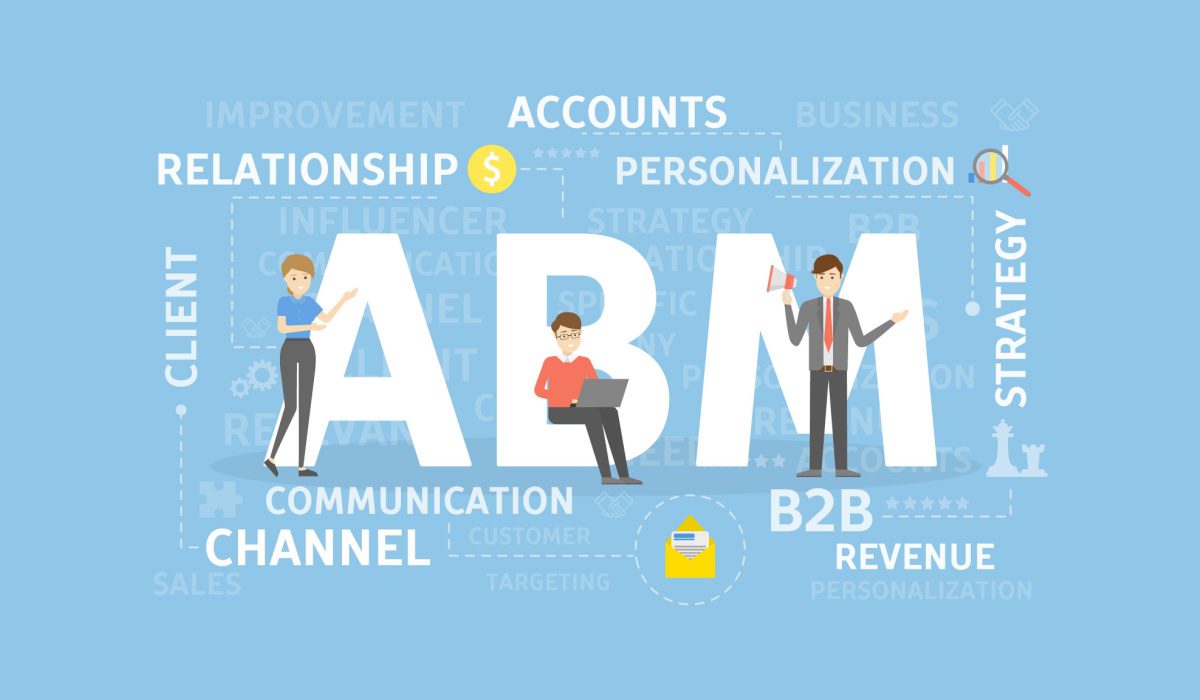
Account-based Marketing (ABM) is one of the most sought-after lead generation strategies for B2B marketers as it helps them engage with and close high-value accounts. Studies reveal that 90% of B2B marketers view ABM as vital to their strategy, fostering sales-marketing alignment. Those employing ABM often prioritize intent data—a key tool. Intent data offers precise insights into target accounts, enabling tailored content and issue resolution.
Intent data comprises online actions, social updates, content engagement, and more. These insights fuel personalized campaigns and improve lead qualification and scoring. However, a challenge arises as few firms combine data from various sources to boost Account-based Marketing strategies. Many depend solely on their own insights, resulting in untapped actionable data.
Customer data must be consolidated from different sources to achieve success with ABM. And intent data is one of the best ways to get a bird’s eye view of a wealth of customer insights that are otherwise impossible to gather on your own.
Now you must be wondering how to use intent data for ABM programs. This blog will deliberate on a step-by-step process on how intent data can improve ABM campaigns.
IN THIS BLOG
How to use intent data in ABM campaigns?
The integration of intent data into your ABM approach allows businesses to tailor marketing efforts on an account-by-account basis. Intent data provides B2B firms with insightful behavioral information on those prospects who are interested in their product or service.
This form of data can improve lead qualification and scoring when applied in ABM programs. You can boost your ABM strategy with intent data, but most importantly, it can help create customer-centric experiences that match the target audience’s needs.
But how can your business enhance its ABM initiatives with intent data? Here are six steps that can help integrate intent data and ABM:
-
Gather intent data
The first step toward an ABM intent data program involves gathering intent data from various sources – owned by the company and third-party sources.
The easiest way for B2B enterprises to identify who is interested in their offerings is to look at the prospects who tried contacting them. And to gauge this, pay attention to first-party intent data. This kind of data is produced when customers contact your company to find out about you.
Website contact forms, queries on your chatbot, email inquiries, and phone inquiries are some of the examples of first-party data sources.
Prospects demonstrate explicit intent when they contact your company. This is because they overcome entry obstacles to connect with your brand. First-party intent data is considered high-quality ABM data as long as the prospects fit the ideal customer profile of B2B companies. In such kinds of leads, the company just needs to close sales.
-
Sort intent data
While intent data is beneficial to an organization, it must be noted that prospects will contact your company for different reasons. Some may want to make a purchase; others may just need technical advice.
Classifying inbound contacts and accounts based on context and other criteria helps you locate ideal customers and enables you to sieve prospects interested in making a purchase.
Classify intent data to ensure that prospects’ signals reflect their true intent. To organize intent data successfully, gather and evaluate first-party data carefully and manage your expectations.
It’s noteworthy here that the contacts and ABM accounts you acquire from intent data won’t skyrocket immediately. They’ll grow slowly.
-
Boost content marketing
Customizing marketing content as per the needs of target accounts is crucial for the success of an ABM campaign. To do this, B2B enterprises must blend first-party and third-party intent data to understand customer needs.
The reality is that first-party intent data just provides a picture of prospect behavior onsite. On the other hand, third-party data gather a wider range of data that gives insights into research activities undertaken by prospects on other sites.
Detailed insights help B2B marketers enhance their ABM programs by developing content that draws prospects early in the research phase and outsmarts the competition. This also prevents the wastage of resources on target accounts that are not interested.
Furthermore, possibilities to personalize content are identified and executed early in the buying process. It helps B2B organizations maximize the impact of their content marketing strategy.
-
Identify high-value prospects
After classifying intent data, it’s important to find the most valuable prospects. With 74% of marketers agreeing that intent data gives them great insights into their customers, there are various ways this data can fit into your Account-based Marketing strategy.
The largest benefit of intent data on your ABM program is that it helps sales and marketing teams find high-value accounts. Using B2B intent data, marketers can find accounts that are proactively looking for solutions offered by their company. One of the best ways to do this is to examine prospects’ online interactions.
For example, marketers can examine industry forums, community websites, social networks, and content comments. With this information, ABM teams can build their pool of interested prospects, who are most likely to be proactive in the sales process.
-
Nurture leads
Much depends on the ability of B2B marketers to identify marketing and sales-qualified leads. At the heart of identifying high-quality leads lies intent data. ABM teams can leverage intent data to determine the online behavior of high-quality leads. ABM teams can use this data to get better lead scoring, enhance predictions, prioritize leads, and improve resource utilization.
Intent data helps marketers understand their prospects, allowing their companies to target prospects throughout the purchasing journey.
Armed with details such as how long their prospects stay on the page, what they click on, and what they read, B2B marketers can use personalized and relevant content to nurture leads down through the sales funnel.
-
Shorten the sales process
As various decision makers are involved in the B2B buying process, it’s often lengthy and complex. As a result, sales and marketing teams spend much time and effort pushing prospects down the sales funnel.
Intent data shortens this process by avoiding calls and emails to prospects who are less likely to make a purchase. Organizations can also leverage this data to avoid cold calls that extend the sales process and waste resources.
Instead of wasting time on low-quality leads, marketers can leverage intent data to nurture high-value accounts through efficient pitching.
For instance, if a prospect’s online behavior signals that they’re researching your solutions, you may use this piece of information to start a strategic conversation. After this step, you can quickly nurture the prospect to become a customer soon.
Apply Intent Data to ABM campaigns
In these challenging times where B2B marketers strive to generate quality leads, data has helped businesses make informed decisions. In conclusion, B2B data solutions contribute to the optimization of marketers’ ABM strategies.
Intent data helps marketers understand potential customers more deeply and makes it possible for companies to identify high-value accounts that can be nurtured with the help of personalized content and effective marketing strategies.
B2B marketers can integrate ABM campaigns with intent data to stay ahead of the competitors. A viable and economical way to kickstart this is to get a list of high-quality leads. It’s here that Binary Demand can help.








